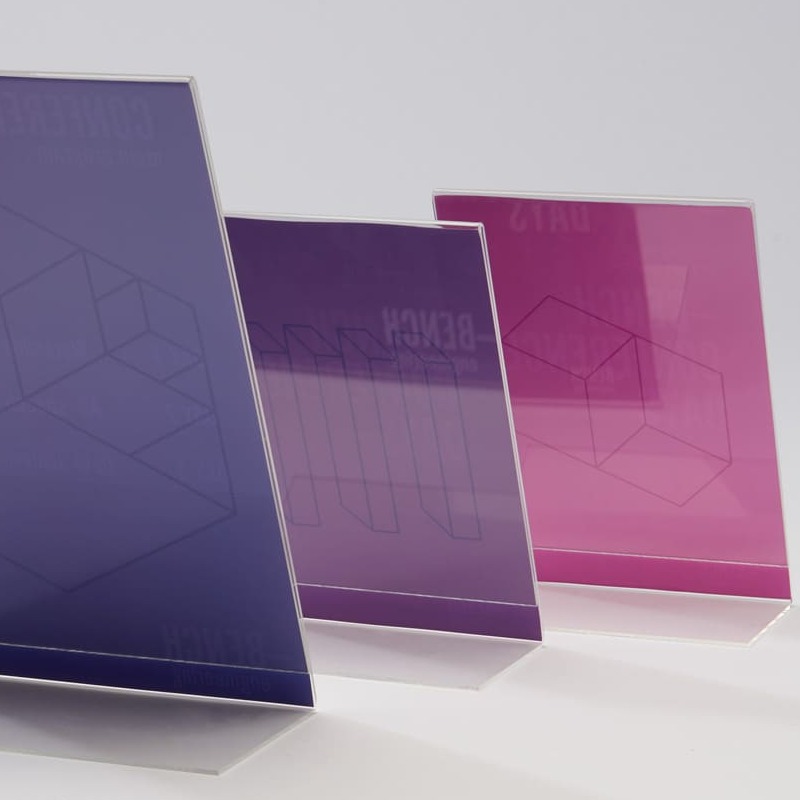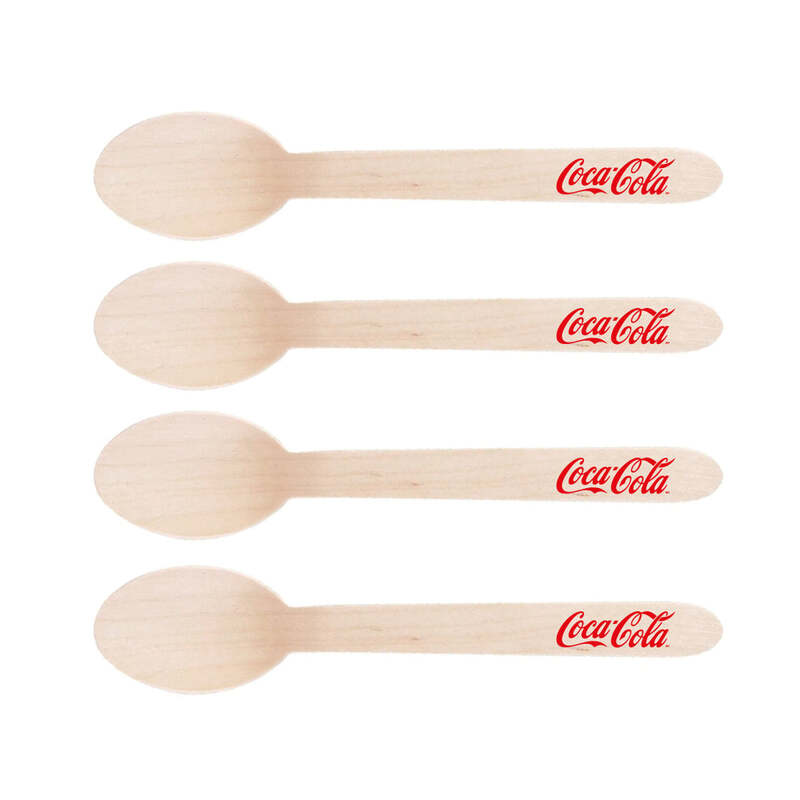Янв . 09, 2025 11:31
A backing board, often overlooked, is an essential component in the art and craft world, providing not only support for artwork but also playing a crucial role in preservation. Imagine investing time, effort, and resources into creating a masterpiece or curating a collection, only for it to degrade due to inadequate support and protection. Herein lies the silent importance of the backing board.

Artists and collectors who have navigated the intricate world of art display and preservation know the pivotal role backing boards play. Backing boards serve as a protective barrier, safeguarding artworks from environmental factors like humidity, light, and pollutants, which are detrimental over time. When selecting a backing board, one must prioritize acid-free materials. Acidic materials can lead to deterioration and discoloration, so choosing pH-neutral or alkaline-buffered boards is critical for longevity.
In terms of construction, not all backing boards are created equal. Foam board, one of the more popular choices, offers a lightweight option that is easy to cut and handle. It consists of a foam center sandwiched between two layers of paper, providing durability and stability without adding significant weight. Foam boards are particularly advantageous for larger artworks, where traditional materials might add too much bulk and require more robust hanging solutions.

Conservation boards, on the other hand, are designed with preservation in mind. These boards often use pure cotton fibers, ensuring they are naturally acid-free. Such boards are optimal for heritage pieces or works that are destined for long-term storage. When art requires both display and conservation, a conservation board is the preferred choice of museums and galleries worldwide, underscoring its authority and trustworthiness as an archival material.
From a craftsman’s perspective, expertise in choosing the right backing board comes from understanding the specific needs of the artwork and its environment. Temperature and humidity can vary greatly depending on geographic location and display setting. In more humid regions, a rigid backing board that resists warping is ideal. Meanwhile, areas with fluctuating temperatures might require boards with more flexibility to accommodate expansion and contraction without damaging the artwork.
backing board
Those in the field of professional framing and gallery design continually share their experiences, underscoring the backing board’s role in maintaining the aesthetic and structural integrity of framed pieces. Investing in quality backing boards is an artist’s or collector’s commitment to preserving not just the visual appeal of their work, but the integrity of the medium used.
Furthermore, the latest innovations in backing board technology include options with integrated UV protection, which block harmful rays that accelerate fading and degradation. Boards with moisture-resistant coatings are also gaining popularity, offering an additional layer of protection against environmental hazards without compromising on texture or appearance.
Practitioners in the industry attest to the peace of mind provided by choosing the appropriate backing board. Whether an art piece is destined for a bustling gallery, a quiet personal collection, or a museum archive, the backing board serves as an unsung guardian of artistic heritage. As such, its utilization reflects a dedication to detail and a foresight into the preservation challenges that art faces today.
Ultimately, embedding backing boards into the fabric of artistic practice is a mark of authoritative knowledge and genuine expertise. Artists, collectors, and conservators should not only understand the practicalities behind backing board selection but also embrace their pivotal role in artistry and heritage conservation. This proactive approach will ensure that efforts to create and curate are not in vain, but preserved for generations to appreciate and enjoy.





